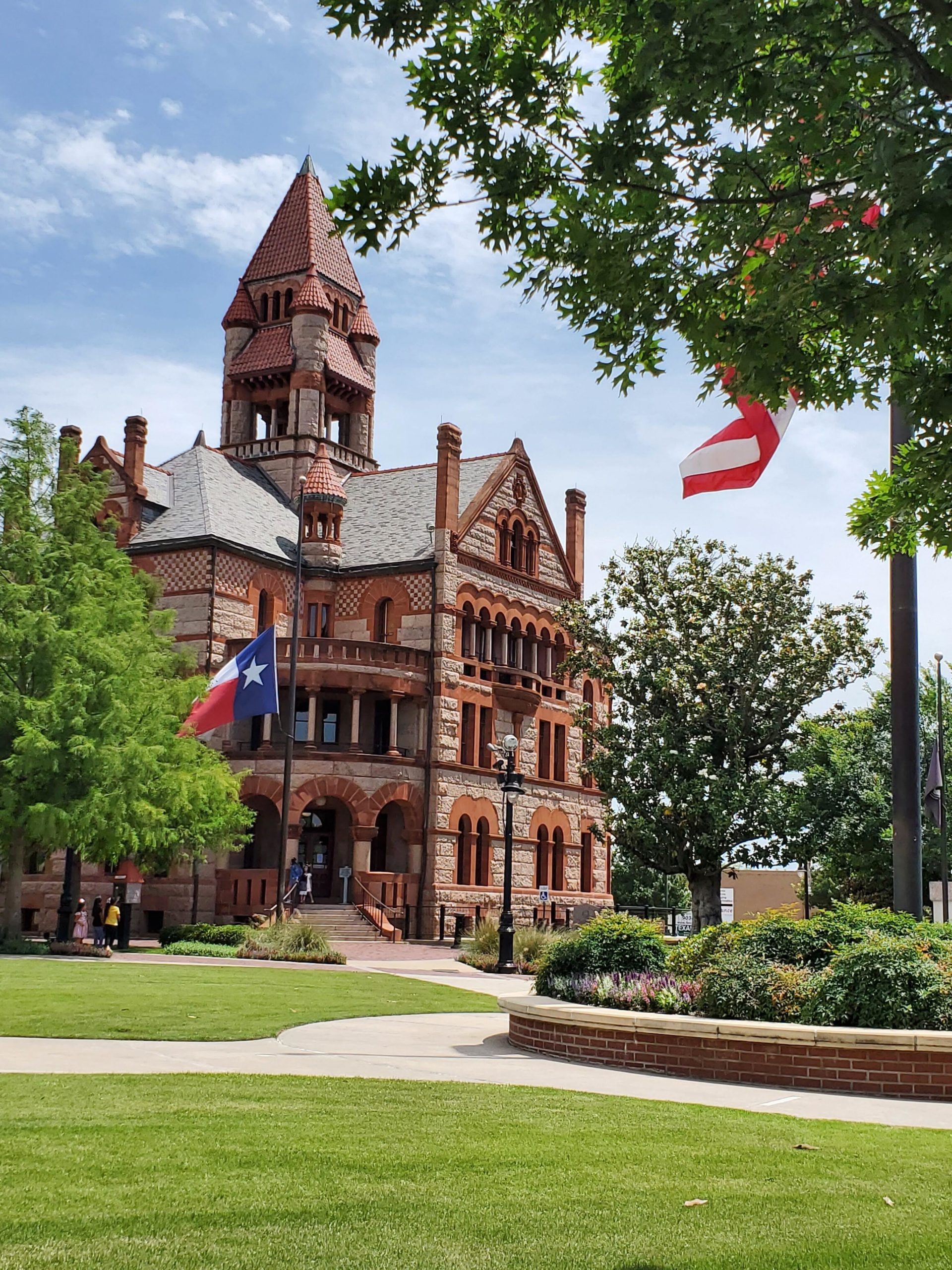Bequeathing Corporate Assets: Trezzi’s Reversal
Trezzi v. Trezzi, 2019 ONCA 978 dealt with the possibility of bequeathing assets that a decedent did not personally own but which belonged to their corporation. Previous cases across Canada have consistently shut down this approach. Both Saskatchewan courts in Thornton Estate, Re, 1990 CanLII 7466 and Wilhelm v. Hickson, 2000 SKCA 1, and Alberta courts in Oryshchuk Estate, 2009 ABQB 688 and Re Meier (Estate of), 2004 ABQB 352 have firmly decided that a testator can not bequeath their corporation’s assets directly. Trezzi v Trezzi counters this jurisprudence with a renewed focus on the testator’s intention and corporate powers.
In Trezzi, Peter Trezzi (“Peter”) operated two successful construction businesses, Trezzi Construction and ACC. He was the sole shareholder in Trezzi. When Peter passed away, he was survived by Gina, their daughters Bianca and Emily, and his son from a previous marriage, Albert.
In his will, Peter named Gina and Albert as joint executors and trustees of his will. He devised to Albert:
- All of his interest in ACC
- A piece of real property owned by Trezzi Construction
- All the equipment and chattels owned by Trezzi Construction
He also gifted Alberta, Gina, Emily, and Bianca equal shares of:
- All the real property he personally owned
- All other assets owned by Trezzi Construction
- The residue of the estate
Gina and the two daughters contested the validity of the bequests to Albert. Among other issues, they alleged that the deceased did not own the assets himself as they belonged to Trezzi Construction, and therefore he could not bequeath in his will that which he did not own.
The appellate judge examined the clauses of Peter’s will. Within it, Peter had devised all the equipment and chattels owned by Trezzi, a piece of real property, and all other assets owned by Trezzi Construction Ltd. The trial judge concluded that Peter’s actual or subjective intention was to give all of the assets owned by Trezzi Construction to his children in such a way that Trezzi would be left without assets and thus wound-up. The appellate court agreed with this approach, the court’s task in interpreting a will is to determine the testator’s actual or subjective intention on how to dispose of the property. In this case, the will’s numerous clauses which bequeathed all of Trezzi’s property to the declared beneficiaries demonstrated his intention to wind up Trezzi and distribute its assets.
Secondly, the question remained of whether the testator or his executors had the legal authority to make this decision and wind-up Trezzi. The appellate judge agreed with the trial judge’s determination that both the general powers under ss.193(1) and 67(2) of the Business Corporations Act and the trustee powers granted under Peter’s will allowed the executors to wind up the corporation. Section 193(1) allows the shareholders of a corporation to require the voluntary wind-up through a special resolution. As the sole shareholder, Peter had the corporate authority to wind up the Trezzi himself in his will. Section 67(2)(a) BCA also allows the executor of an estate to exercise all the rights the deceased security holder had in life. The executor of the estate also had the same right to wind-up the corporation. Finally, the will also held a discretion clause allowing the executors to convert estate assets into money. Although not directed the complete wind-up of the company, the discretion to convert paired with the Testator’s intention of winding up Trezzi implicitly included the corporate law power of dissolving the company.
By combining the testator’s intention and corporate law, the Ontario Courts have found a way to allow testators to dispose of property not technically theirs. Sole shareholders who explicitly devise all the possible assets of their corporation may do so. However, it is important to note that not completely liquidating the company and leaving some assets behind makes it unlikely the court can take this approach, the testator must demonstrate a clear intention to wind up their company. Simply bequeathing most corporate assets would not be sufficient. Not ensuring all also are bequeathed and the executors are given the power of discretion in winding down the corporation would result in a failed gift.
The Impact of Shareholder Agreements: Simpson v Zaste
In Simpson v. Zaste, 2022 BCCA 208, John Simpson passed away, leaving behind a common law wife Ingrid Zaste and two adult children from a prior marriage. In his will, he transferred his 50 percent stake of a North American Gantry & Equipment Services Co. Limited (NAGESCO) equally between his children. John intended to buy out his partner. This never happened. Upon his passing, his shares were subject to a shareholder agreement between him and the other 50% owner Mr. Lawler. The shareholder agreement had a survivor clause, which stated that if one of the shareholders passed away, their personal representative must transfer or assign the shares to the surviving shareholder at the date of their death. The surviving shareholder would reimburse the estate with the fair market value of the shares minus the value of the life insurance payable to the listed beneficiaries. The life insurance was $150 000.
This shareholder agreement seemed to directly conflict with the disposition of the shares to John’s children. John named his common-law partner the beneficiary of the $150 000 dollar policy. His children were supposed to inherit the $268 750 fair market value for the shares, yet would only receive $112 865 following the deduction from the life insurance. At trial, the children applied for rectification, stating that the deceased must have intended for them to receive their full fair market value of $268 750 from the estate. Ms. Zaste countered that this intention could not be perceived and there was no “accidental slip or omission” within the meaning of s. 59(1)(a) of WESA.
The two Simpsons succeeded at trial. The trial judge rectified the clause in the will to reflect the $265 750 valuations. The rectification of wills is made possible by section 59(1):
59 (1) On application for rectification of a will, the court, sitting as a court of construction or as a court of probate, may order that the will be rectified if the court determines that the will fails to carry out the will-maker’s intentions because of
(a) an error arising from an accidental slip or omission,
(b) a misunderstanding of the will-maker’s instructions, or
(c) a failure to carry out the will-maker’s instructions.
The trial judge found that since the testator wanted to bequeath the shares to his children, it is a reasonable inference that he also wanted them to receive their full market value. He disagreed with Zaste’s argument that rectifying the will deprives her of the $155 000 in life insurance and rectified the will pursuant to subparagraph 59(1)(a).
The Court of Appeal looked over the legislative history of section 59. The Law Reform Commission of British Columbia, upon exploring a will rectification provision, “declined to extend the power to cases in which the error stems from the testator’s lack of appreciation of the legal effect of the terms of the will”. Doing so would have forced courts into a subjective exercise of possibly re-making testators’ wills. The rectification power was limited to allowing errors in the written will changed so that the testator’s intentions are expressed. To see whether the shares bequest met that burden, the court had to (1) discover the testator’s intentions in regards to the rectification sought (2) whether the will fails to carry out the intentions and (3) whether the failure is a consequence of the reasons in ss.59(1)(a)-(c).
The children agreed that one couldn’t rectify a lack of appreciation of the legal effect, but argued that they can rectify an omission in the testator’s expression. John did not discuss what would happen if he was unable to buy-out his partner as he had expected to be able to do so. This omission by the lawyer entitles the use of 59(1).
The Court of Appeal assessed John’s intentions. It agreed that John did not intend that the shares would be brought down to a low value as per the shareholder agreement, as he had expected to buy his partner out. However, the Court’s task is not to fill a lack of intention, but to determine whether the evidence establishes a true intention. The trial judge believed that since John bequeathed the shares to his children, he must have wanted them to have the full market value of them. The lower court thus ruled on what the testator should have done, rather than what he had intended to do. The speculative reasoning is not suitable for the corrective function of rectification.
The Court of Appeal concluded that John had thought that if he had not bought out his partner, the shares would have gone to his children. As a result, they would inherit the shares instead of the estate, and then be obliged to sell them to their business partner under the shareholder agreement. Although the decedent was aware of the possibility that he could not buy his partner’s shares, he failed to give this eventuality to his probate lawyer. This omission was not accidental or unintentional. John’s mistake was not about the will’s legal effect, but it was a mistake about the legal effect of the shareholder’s agreement on the exact way the shares would be transferred at his date of death. The shareholder agreement was binding on his personal representative rather than his heirs, which made the repayment of insurance come from the estate rather than a shareholding heir and insurance beneficiary.
Had he bought his partner out, the testator wanted his children to receive the fair market value minus the life insurance. If he had wanted his children to get the full market value given the shareholder agreement, he would have designed his estate plan to designate them as beneficiaries of the estate. John was mistaken about legal effect of the shareholder’s agreement, not about the will itself. There was no evidence that he intended his children to have the full value of the shares. Without such an intention, the will could not be rectified to change the children’s inheritance to a full market price of NAGESCO’s shares.
Conclusion
Together, these two cases demonstrate the recent trend of courts using the testator’s intention to make sense of their bequests of a corporate entity or its assets. The Ontario Court of Appeal has shown itself to be flexible in using the testator’s will and BCA to allow testators to bequeath property they technically did not personally own. The rectification clause of BC’s estate statutes slightly narrows this idea by focusing on what the Testator intended to do rather than what they ought to have done. The primary difference in the result is the clarity of the testator’s intention. Where a deceased is unclear in how they want corporate assets dealt with, courts must use extrinsic evidence rather than simple speculation or conjecture in deciding the correct testamentary disposition of property. When the corporate structures (such as shareholder agreements) constrain the testator, this extrinsic evidence must not be ignored in favour of the best path forward.
Testators must be clear and precise in their wills to avoid future litigation. When dealing with corporate shares, they should be unequivocal in incorporating the impact of the separate corporate entity and any shareholder agreements or corporate constitution therein. While Canadian courts are trending towards incorporating the testator’s intention in overcoming these obstacles, this intention must be explicit in the evidence for them to do so. It remains to be seen whether other Canadian provinces will follow these two precedents in assigning more weight to the testator’s intention when assessing corporate bequests.














